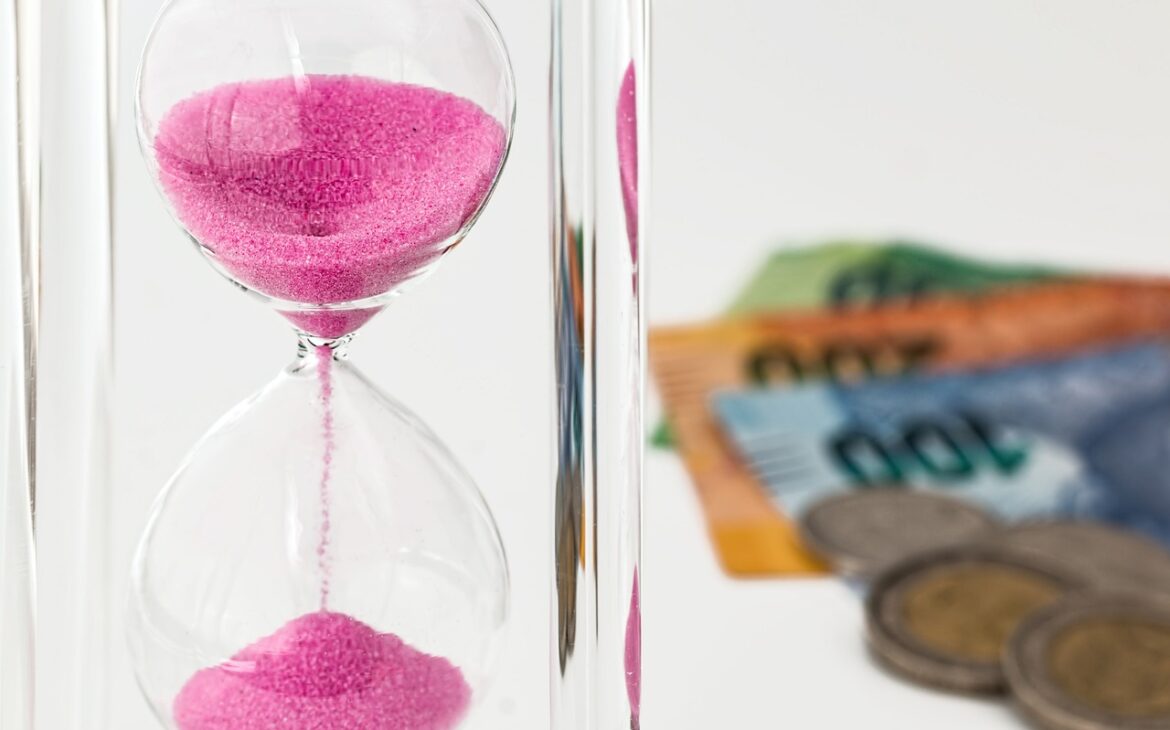
Why is multitasking bad for your brain
Affiliate links may be used in this post. I may receive a small commission at no extra cost to you if you make a purchase through my affiliate link. Read my full disclosure policy here.
Multitasking Explained
Multitasking, often hailed as a symbol of efficiency in our fast-paced world, refers to the simultaneous handling of multiple tasks or activities. Whether it’s switching between emails while on a conference call or juggling household chores while watching TV, multitasking has become ingrained in our daily routines. The allure of accomplishing more in less time is undeniable, but what lies beneath the surface of this seemingly productive behavior? Spoiler alert: As we dive into the complexities of multitasking, it becomes apparent that its true impact on productivity, focus, and overall well-being may be more nuanced than initially perceived.
The Myth of Multitasking: Why Less is More
Multitasking is often seen as a productivity hack. However, psychologists warn that it may not be as effective as we think. Research shows that attempting to juggle multiple tasks at once can lead to decreased efficiency, increased errors, and heightened stress levels. By debunking the myth of multitasking and embracing focused, single-tasking approaches, we can reclaim our time and achieve greater success.
The Pitfalls of Multitasking
Multitasking may seem like a shortcut to productivity, but in reality, it’s a major hindrance. Every time we switch between tasks, we introduce a delay as our brains need time to refocus and regain momentum. Studies show that it can take up to 20 minutes to fully re-immerse ourselves in the previous workflow after an interruption. This constant shifting of attention not only prolongs the time it takes to complete tasks but also leads to a decrease in the quality of our work. Additionally, the distractions caused by multitasking can further impede productivity by fragmenting our focus and reducing our ability to concentrate effectively. Overall, while multitasking may give the illusion of getting more done, it ultimately undermines our productivity and efficiency.
Rising Levels of Stress and Anxiety
Attempting to multitask often leads to heightened levels of stress and anxiety. When we constantly switch between tasks, our brains are forced to rapidly shift attention, leading to a sense of overwhelm and cognitive overload. This constant state of mental juggling can leave us feeling frazzled and on edge, as we struggle to keep up with the demands of multiple tasks simultaneously. Moreover, the pressure to perform and meet deadlines while multitasking can exacerbate feelings of stress and anxiety, further impacting our mental well-being. Instead of feeling accomplished, we may find ourselves feeling burnt out and overwhelmed by the sheer volume of tasks we’re trying to manage. In the quest to do more, we often end up feeling more stressed and anxious than ever before.
How Multitasking Harms Your Brain
The detrimental effects of multitasking extend beyond just stress and anxiety—they also take a toll on our cognitive functions and overall brain health. Research suggests that constantly switching between tasks can lead to a decline in cognitive abilities, including memory retention and problem-solving skills. Furthermore, studies have linked multitasking to accelerated brain aging, as the constant barrage of stimuli can lead to increased levels of cortisol, a stress hormone that can damage brain cells over time. Additionally, multitasking has been shown to shorten attention spans and hinder creativity, as our brains become accustomed to quick bursts of information rather than deep, focused thought. In essence, while multitasking may seem like a time-saving strategy, it actually undermines our brain’s ability to function optimally, ultimately impairing our creativity, critical thinking, and overall cognitive performance.
Breaking the Multitasking Habit
Plan Your Day and Tasks Ahead:
- Create a daily schedule outlining your tasks and priorities.
- Use digital or physical planners to organize your day.
- Allocate specific time slots for each task to ensure focus and efficiency.
- Prioritize tasks based on importance and deadlines.
- Review and adjust your plan regularly to accommodate changes or unexpected events.
Set Boundaries:
- Learn to say no when necessary and avoid overcommitting yourself.
- Set realistic deadlines for tasks, considering your workload and available time.
- Delegate tasks whenever possible, redistributing responsibilities to lighten your workload.
- Communicate effectively with colleagues or supervisors about your availability and workload.
- Establish clear boundaries between work and personal time to prevent burnout and maintain work-life balance.
Utilize the Pomodoro Technique:
- Break your work into focused intervals (typically 25 minutes) followed by short breaks.
- Use a timer or Pomodoro app to track your work and break intervals.
- During each focused interval, commit to working on a single task without distractions.
- Take short breaks between intervals to rest and recharge before starting the next session.
- Gradually increase the length of your work intervals as you become more accustomed to the technique.
Practice Mindfulness and Meditation:
- Incorporate mindfulness exercises into your daily routine to cultivate present-moment awareness.
- Start and end your day with a brief meditation session to promote mental clarity and focus.
- Use mindfulness techniques to observe and acknowledge distractions without becoming consumed by them.
- Take regular breaks throughout the day to engage in mindful activities, such as deep breathing or stretching.
- Attend mindfulness or meditation classes to deepen your practice and learn new techniques for managing distractions.




Comments (17)
Amy
May 28, 2024 at 1:39 pm
Interesting article! I seem to get tired much faster when multitasking slowing my overall level of productivity.
Vicki
June 2, 2024 at 3:19 pm
Great reminder of the benefits of slowing down.
Ibti
June 9, 2024 at 12:55 pm
I become much more productive when I stopped multitasking. Focusing on one task at a time and doing it well leads to far better results and less errors. I also don’t see multitasking listed in job descriptions anymore which is a great thing.
Rosie
June 10, 2024 at 12:16 pm
Such a good read! I’ve already heard before how multitasking isn’t good but never got to research about it. This article is an eye-opener. Thank you for sharing.
Jaishree
June 10, 2024 at 1:25 pm
Great article! I appreciate the detailed explanation of how multitasking negatively impacts productivity and brain health. The tips on single-tasking and using techniques like the Pomodoro method are very helpful. This is a much-needed reminder to focus on one task at a time to boost efficiency and reduce stress. Thanks for sharing
pedja
June 10, 2024 at 1:50 pm
Great article! The detailed explanation of how multitasking negatively impacts productivity and brain health, combined with helpful tips on single-tasking and techniques like the Pomodoro method, serves as a much-needed reminder to focus on one task at a time to boost efficiency, reduce stress, and maintain higher levels of productivity.
monmon
June 11, 2024 at 9:12 pm
You got this. Well on point!
Christine
June 10, 2024 at 5:18 pm
This is such a helpful and important post! I often try to multitask and don’t do any of the things well, so this is a great reminder!
monmon
June 11, 2024 at 9:11 pm
Glad you found the post helpful. I am still work in progress. Still slipping into multitasking mode from time to time.
Umer
June 10, 2024 at 10:25 pm
you have shared a great post and i am always lookin to do many things at same time. get stuck thanks for sharing
Mow Debnath
June 11, 2024 at 8:42 am
Daily schedules are super useful, especially when you are trying to get into the habit of managing your time better (eliminating multitasking and distraction!) 🙂
monmon
June 11, 2024 at 9:10 pm
Definitely, I am still working on my routine etc. Good luck to us.
Vaishali
June 11, 2024 at 5:06 pm
Great advice – planning the day ahead and having a small to do list always helps me.
monmon
June 11, 2024 at 9:09 pm
Glad you found the article helpful.
Michael Taylor
June 12, 2024 at 1:07 am
This is interesting because I have a tendency to keep switching back and forth between tasks. Sometimes I think it’s efficient because I work at home so it seems efficient to get up from my computer to put a load of wash in the washing machine or start prepping lunch. This means not sitting hunched over my computer for protracted lengths of time. But I admit, I also tend to juggle multiple tasks ON my computer, and I can see how that is actually NOT efficient, and it woukd be better to focus on completing a task rather than switching back and forth, leaving multiple tasks incomplete.
monmon
June 16, 2024 at 4:23 pm
Correct. Sometimes we think we are efficient but we are not! And our brain is apparently shrinking if we multitask!
Michael Taylor
June 12, 2024 at 1:07 am
This is interesting because I have a tendency to keep switching back and forth between tasks. Sometimes I think it’s efficient because I work at home so it seems efficient to get up from my computer to put a load of wash in the washing machine or start prepping lunch. This means not sitting hunched over my computer for protracted lengths of time. But I admit, I also tend to juggle multiple tasks ON my computer, and I can see how that is actually NOT efficient, and it woukd be better to focus on completing a task rather than switching back and forth, leaving multiple tasks incomplete.
Comments are closed